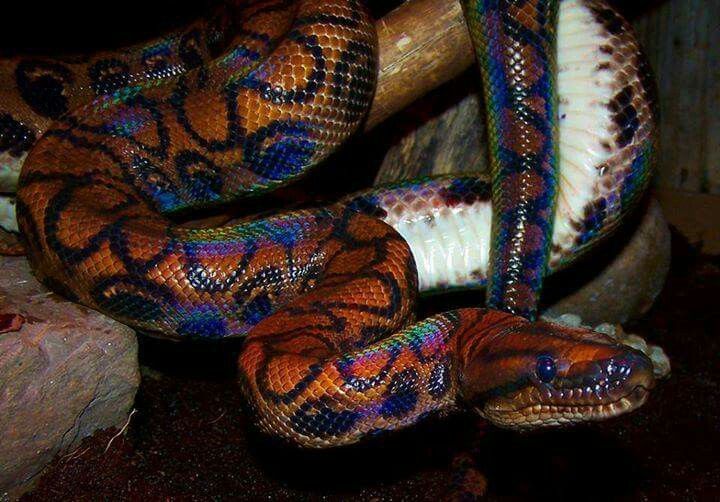

The two latter breeds were discovered in 1935, while the Marajo Island boa was found in 1938. The Marajo Island, central highland, and Espirito Santo rainbow boas are all subspecies of the Brazilian rainbow boa.They are extremely hard to find and do not make good pet snakes. Caatinga rainbow boa: This snake is found in Brazil, and they are not often found in the US pet trade.For proper identification, check out their length as they only reach about 4 feet long. Paraguayan rainbow boa: The typical locations of this snake are Paraguay, Brazil, and Argentina.Argentine rainbow boa: This species is only found in Argentina and boasts a 20-year lifespan with proper care.It is also known as the brown rainbow boa. Very seldom do they grow longer than 5 feet in size. However, as the name suggests, the Columbian rainbow boa primarily lives in Columbia. Columbian rainbow boa: The Columbian rainbow boa lives in northern South America.Despite being incredibly slender, their identification shows that they are the biggest rainbow boa among the breeds. Peruvian rainbow boa: This boa primarily lives in Peru and Bolivia, preferring humid and tropical forests.They need no smaller than 30 gallons of space for their tank size.

They require high temperatures with high humidity, and they can be aggressive. You need to keep their enclosure moist, though their care is already minimal.

Some cost over $400 for intermediate pet owners but finding a range of prices is difficult. Generally, their cost is difficult to determine because the pet trade is so regulated. They’d direct you to the proper enclosure and tank size needed to support this hefty pet. If you want to buy boas as pet snakes, you can visit a local pet store that sells exotic reptiles. These predators primarily hunt on the floor of the forest, but they will climb up trees and bushes to rest.Ĭan You Ace This Quiz? Will you be the 65th? Take Our Brand New A-Z-Animals Snakes Quiz They prefer land, often living in humid weather conditions with high temperatures. The main location to find this boa is broad because the different types are spread throughout Central and South America. The actual body is an assortment of brown hues.



 0 kommentar(er)
0 kommentar(er)
